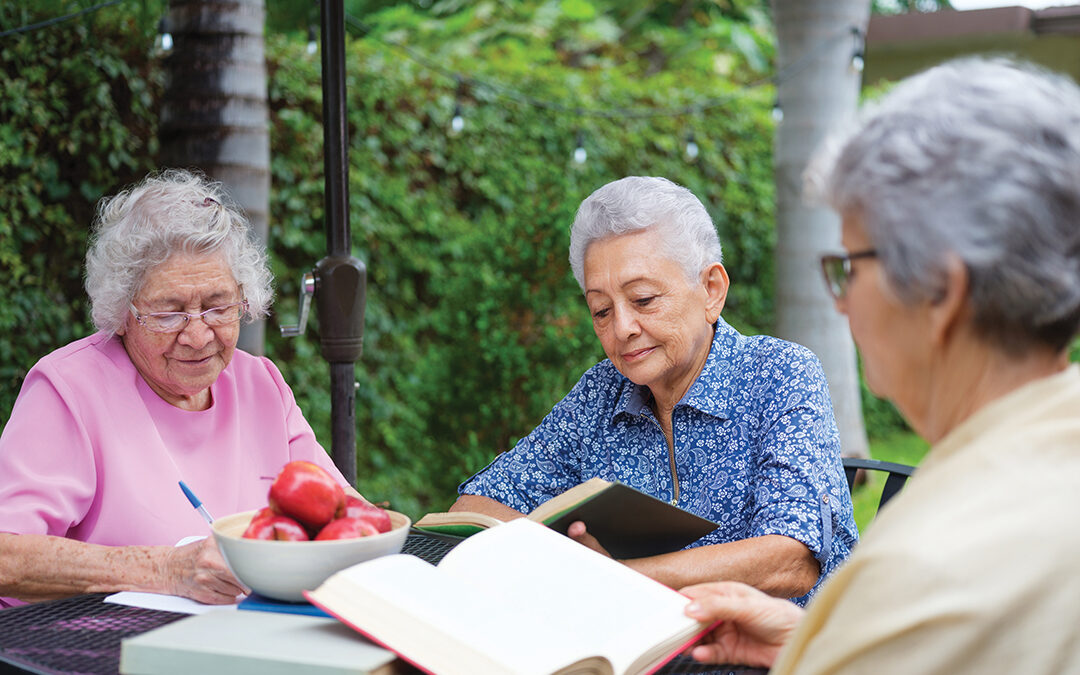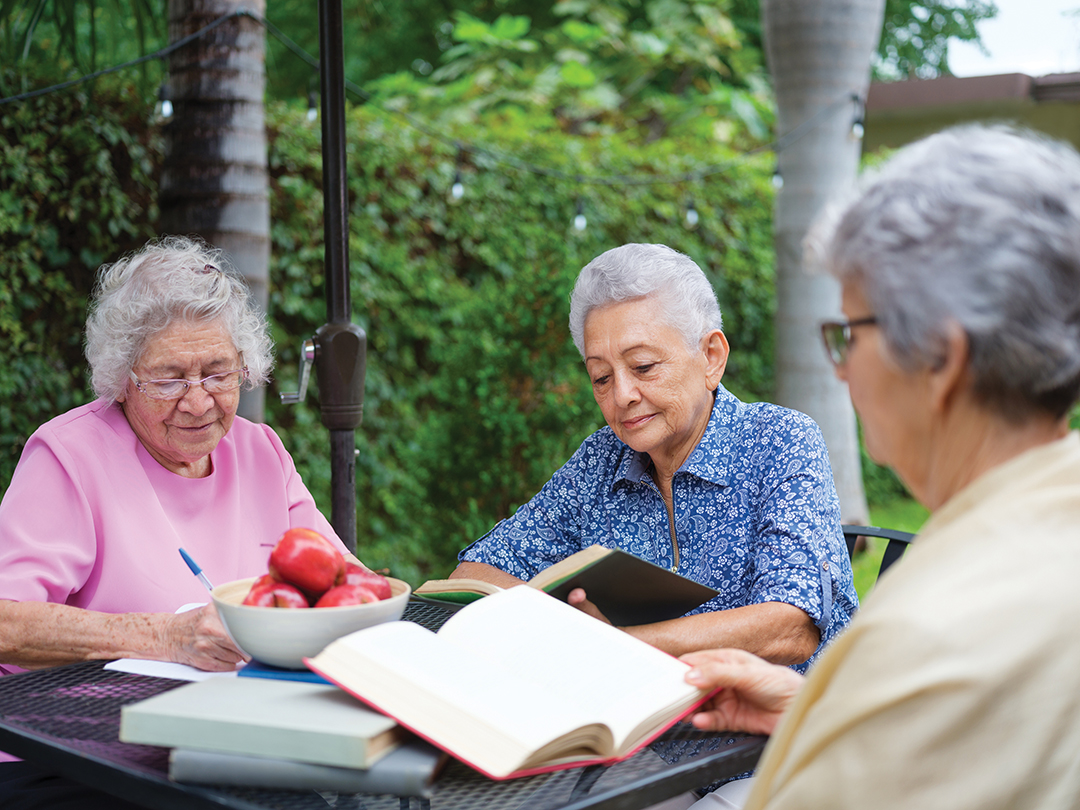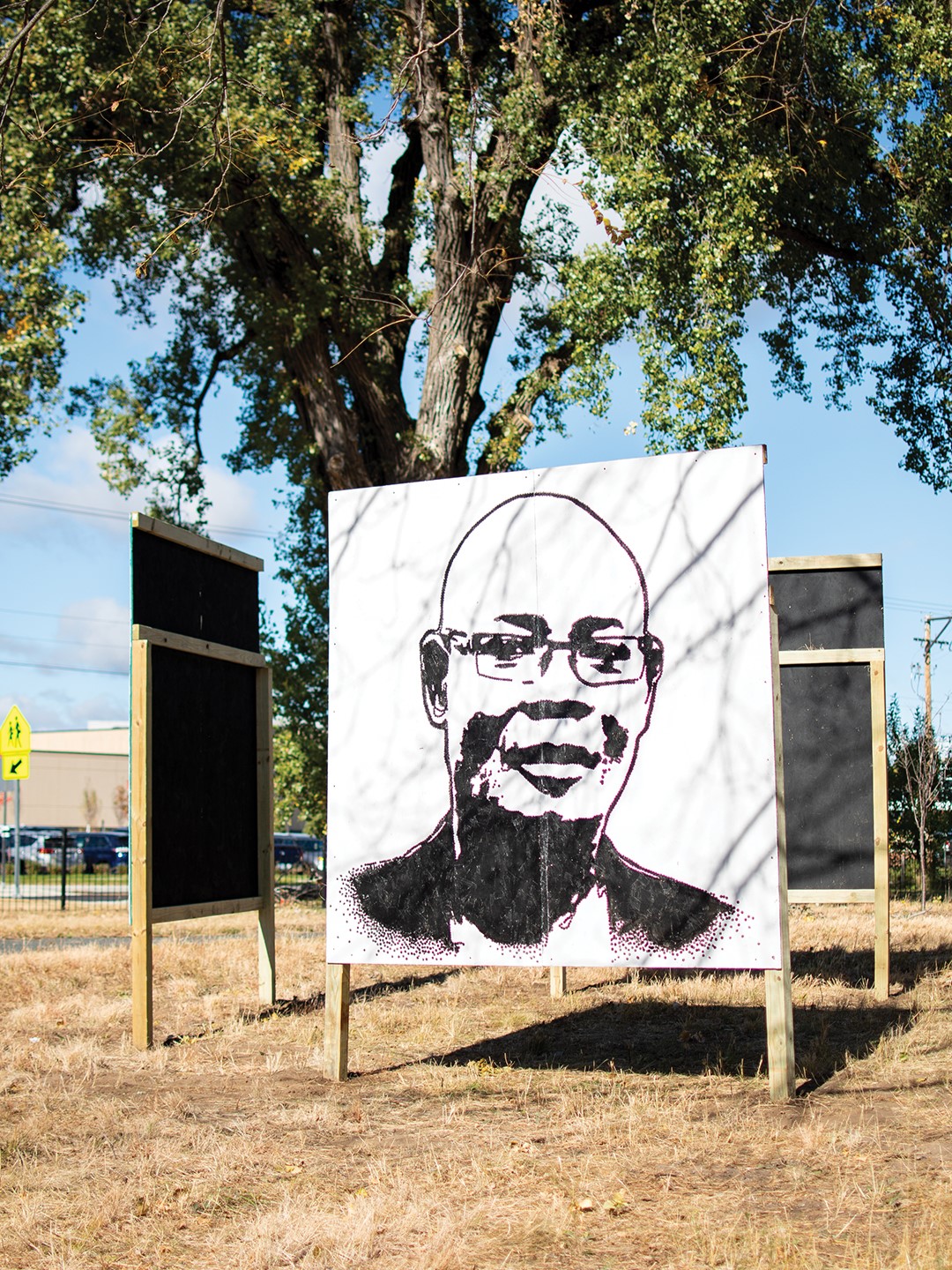
Teri Schifsky and Grace Newman, who inspired a new mental health program at Mahtomedi Public Schools. Photo: Tate Carlson
Two Girl Scouts inspired the district’s change in approach to mental wellness.
Grace Newman and Teri Schifsky are two Mahtomedi Middle School students on a mission to erase the stigma of mental illness.
“One in four kids suffers from or will develop a mental condition which statistically is about 180 kids at our school,” says Grace. “We both know people that suffer from various mental [health] conditions. We also know that middle school is when a lot of mental health issues start, but a lot of kids don’t know much about them or how to get help.”
Teri and Grace created a month-long awareness program for their middle school during the 2018–2019 school year as part of their Girl Scout Silver Award project—an award earned by Girl Scouts in grades six through eight who plan and execute a community service project. With help from the National Alliance on Mental Illness and the Youth Service Bureau, Teri and Grace spent a year planning. Their three themes were “Make It OK,” “What is Normal vs. You Need to Ask for Help” and “Mentally Well.”
“Our goals were to reduce … stigma around mental conditions and also to guide kids on how to respond if someone opens up to them about having a mental illness,” says Grace. “We focused on two main points: anxiety versus stress and depression versus sadness …. Those are growing issues with teens. A lot of kids feel stressed, and it can be hard for a middle schooler to know if [they’re] stressed or if they have anxiety and need to seek help. The same applies to depression and sadness. People tend to simplify and underestimate the impact mental illness can have, so we shared information to help kids see how hard it is for people with anxiety or depression.”
The students also organized two after-school classes: “Happiness” for girls and “Chillaxing” for boys.
The Happiness class focused on journaling, sharing concerns and feelings, self-positivity and meditation. The Chillaxing class focused on ways to deal with stress, as well as practices like mindfulness and deep breathing, says Grace.
The Mahtomedi school board, which had already been incorporating mental wellness initiatives into a new strategic plan that went into effect this academic year, recognized the students’ work.
“The one thing we’ve learned is student voice is critical to decisions we make as a district,” says Tony Pierce, director of student support services for Mahtomedi Public Schools. “Seeing the passion they brought to the project … reiterated the importance of pursuing mental wellness at a district-wide level.”
The district is pursuing mental wellness through its Zephyr program, which helps in prevention, support and community connections. The district trained all licensed staff and paraprofessionals on trauma and adverse childhood experiences. There is also a mental health therapist in all buildings.
But the cornerstone of Zephyr is its interventional piece: community conversations that create awareness around mental health. The meetings are open to all and encourage parents, community members and students to talk.
“We want to ensure the emotional wellbeing of students with an emphasis on mental wellness. Mental wellness isn’t something we’re just doing for a year, but it’s now part of our district,” Pierce says.
It’s something that gives Teri pride.
“I am glad people are still talking about it months later,” she says.



























